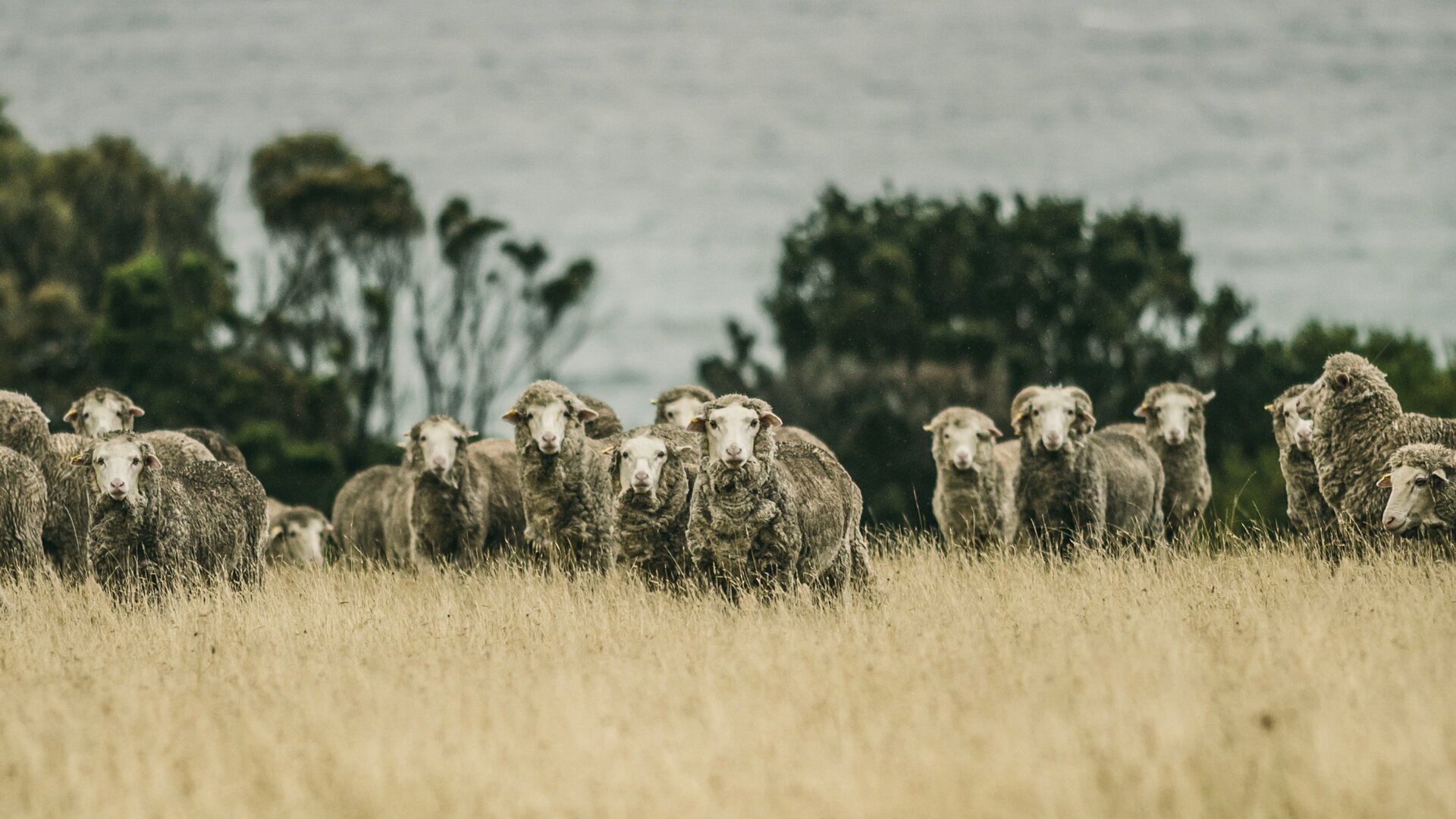THE NATURAL PARADISE OF TASMANIA
THE ORIGINS OF OUR WOOL
The sheep in Tasmania have a unique habitat to call home. The pristine island 240km south of Australia offers excellent air quality and is one thing above all: green. With an area around the size of Bavaria, the Australian federal state provides a home for around 500,000 people – as well as 3 million merino sheep.
Our wool has its origins at the heart of this natural paradise. The air is pure, the food for animals rich, and the climate moderate – this is where extraordinarily fine and high quality merino wool is found. Surrounded by thousands of kilometers of water, far away from industrial sites, the best air quality on earth is regularly measured in Tasmania. 19 national parks provide a protective habitat for everything that grows, lives and flourishes on the island – including 1,500 endemic plant species.
FOUR MILLION YEARS OF DEVELOPMENT
We take advantage of the optimal conditions in Tasmania, which allow us to utilize the high quality, fine merino wool: The natural conditions there provide an ideal habitat for sheep and their wool. Because over many millions of years, nature has achieved what humans have been trying for only a few hundred years: creating a perfect fiber. Tasmanian merino wool is of a particularly high quality because all the conditions are just right here. The animals have enough fresh grass, plenty of space to roam, and are cared for gently.













